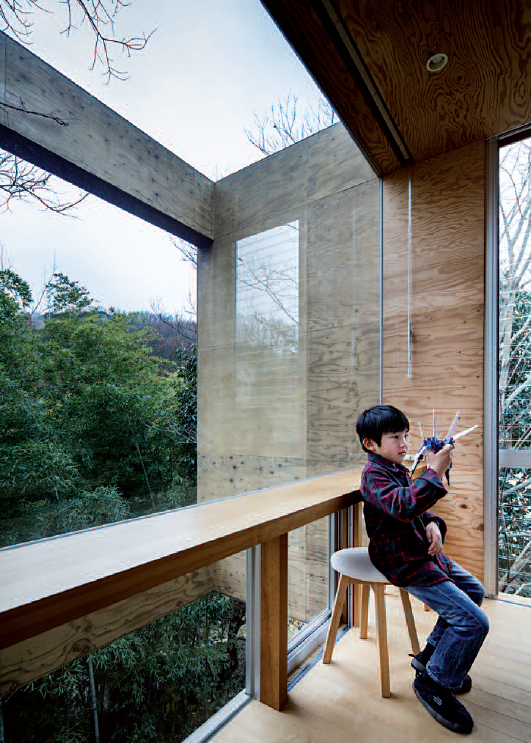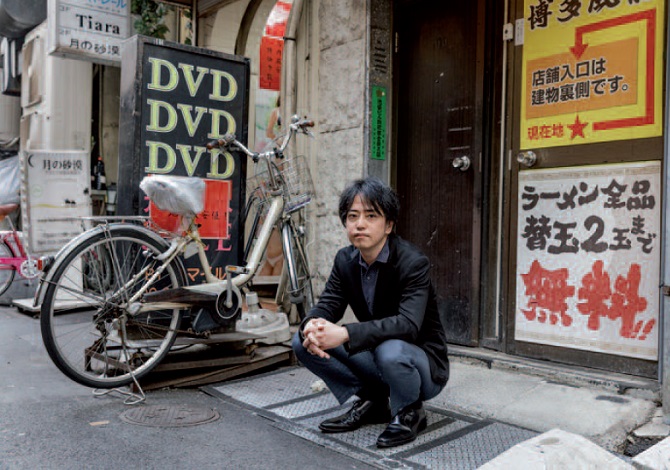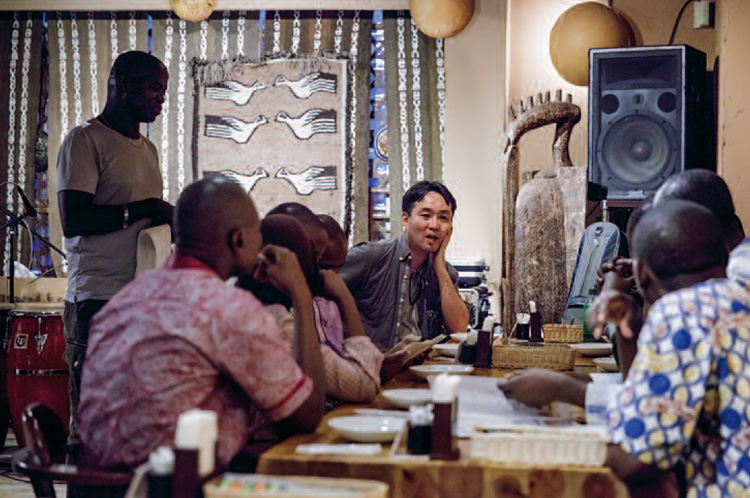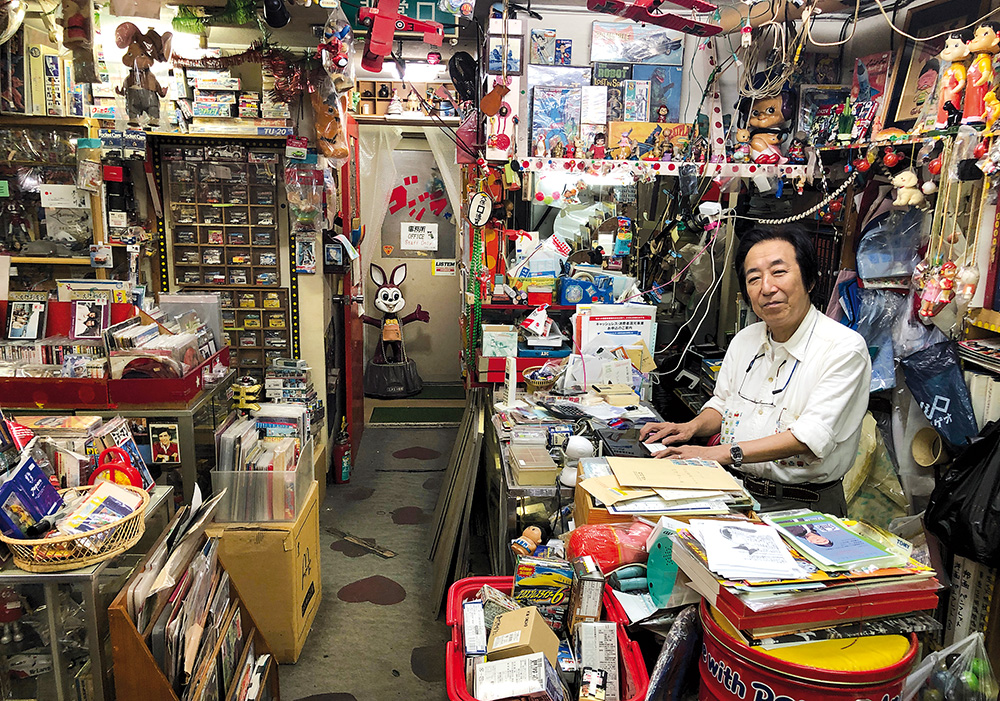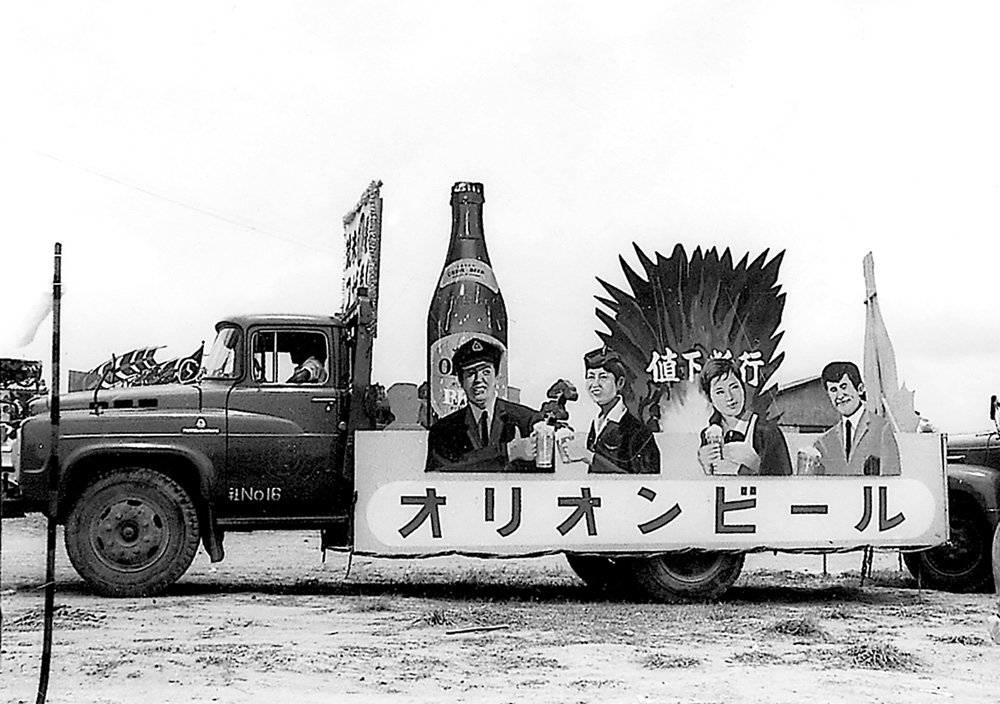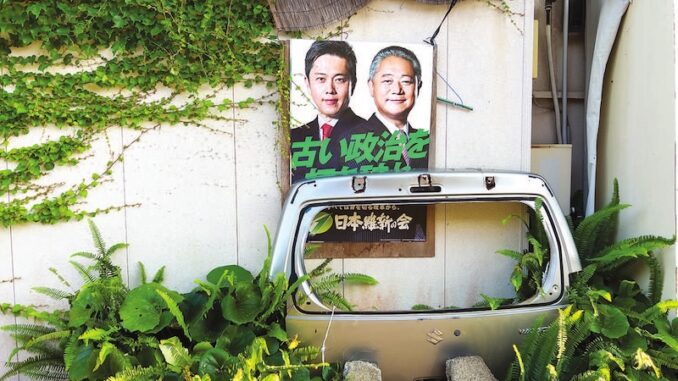
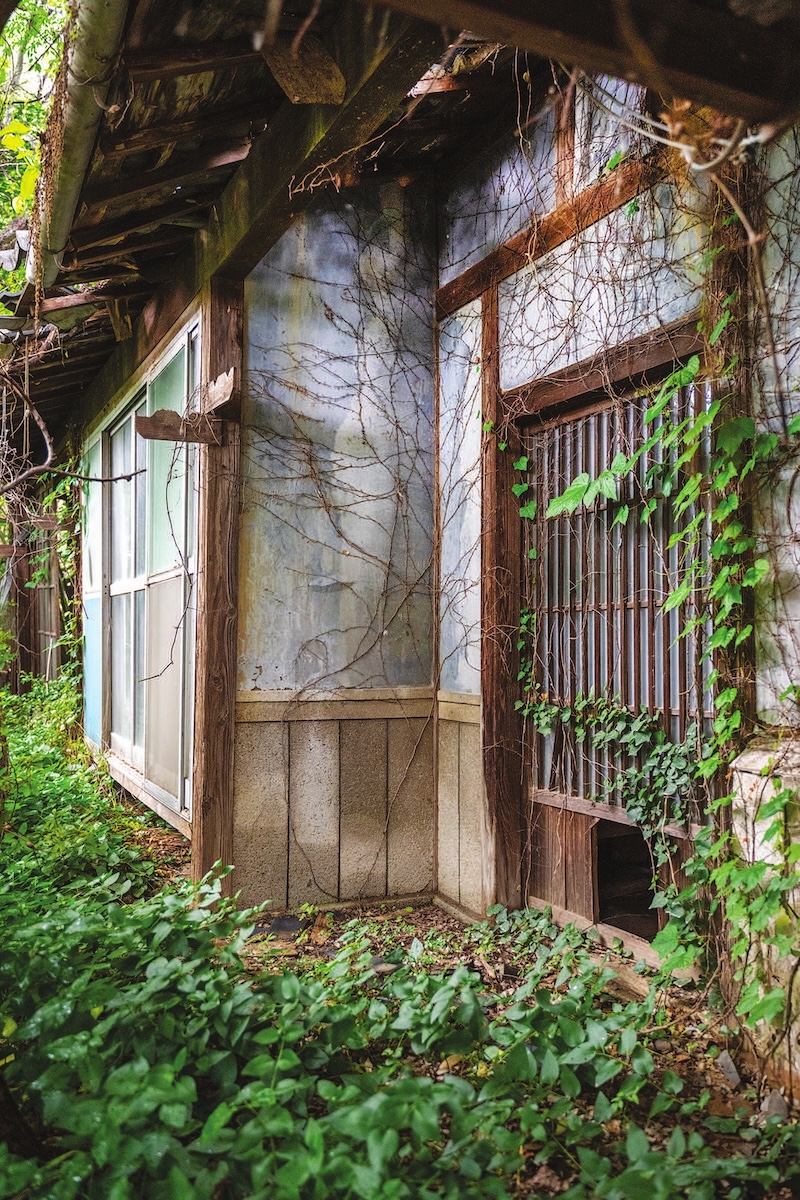
The akiya problem has so many ramifications that finding a long-lasting solution seems almost impossible. One person who has written extensively about those issues is Kubo Tomoko, an Assistant Professor at the University of Tsukuba where she teaches Life and Environmental Sciences. An expert in urban geography, Kubo-sensei obtained a PhD (Science) from the Graduate School of Life and Environmental Sciences, University of Tsukuba. After working as a research fellow of the Japan Society for the Promotion of Science, she has held her current position since 2018. Kubo has received the Minister of Education, Culture, Sports, Science and Technology Young Scientist Award in 2021 and the International Geographical Union Early Career Award 2022.
“A vacant house,” Kubo says, “generally refers to a residence where the head of household has been absent for an extended period. There is no fixed time frame. Instead, the definition is more flexible and context-dependent.
“According to Japan’s Act on Special Measures for Promoting Measures for Vacant Houses, a vacant house (akiya 空き家等) is defined as: “A building, along with any attached structures, that is not ordinarily inhabited or used for other purposes, including the land it occupies (with any trees or objects affixed to that land). This definition excludes properties owned or managed by national or local governments.”
Kubo points out that people who neglect an akiya are subject to different kinds of penalties. “Under the Act on Special Measures Concerning Promotion of Measures for Vacant Houses and various local ordinances,” she says, “properties that are considered hazardous to surrounding residents – designated as “specific vacant houses” (tokutei akiya 特定空き家) – are subject to government intervention. If such a property is identified, the local government will issue a formal notice to the owner. If the owner fails to respond or take corrective action, authorities may escalate enforcement. This can include, public disclosure of the owner’s name, an order to repair, secure, or demolish the structure, and if every else fails, government-led demolition, with the costs charged to the owner afterward
Fukuoka City was one of the first municipalities to issue formal removal orders under the Vacant House Act. In one case, a neglected wooden house with a collapsed roof was ordered demolished in 2016. When the owner failed to comply, the city carried out the demolition and later billed the owner over 2 million yen.
“Chiba City has taken action against more than 100 vacant houses under its local ordinance. In some cases, when owners could not be contacted or refused to act, the city posted warning signs on the properties and made owners’ names public to prompt accountability. These measures reflect the growing urgency among municipalities to address safety concerns, prevent urban decay, and promote responsible property ownership. The lesson to be learned here is, if you own a vacant property, be proactive. Regular maintenance, proper registration, and clear communication with local authorities can help avoid legal penalties, reputational damage, and costly enforcement actions.”
According to Kubo, efforts to address the problem range from practical short-term fixes to broader, more fundamental strategies. “Obviously,” she says, “tackling only the surface-level symptoms will not result in a lasting solution. However, many regions are actively experimenting with creative, short-term approaches to make use of vacant properties and reduce their negative impact. Examples of such measures include:
・Repurposing homes as community centers, especially as gathering places for elderly residents to combat isolation.
・Converting them into stores, rental housing, or offices.
・In tourist areas where hotel space is limited, vacant homes are being renovated and licensed as guest houses (minpaku), providing both local income and accommodation solutions.
・National and local governments offer subsidies to cover part of the cost of tearing down unsafe or unwanted structures.
・Online databases (“akiya banks”), often run by local governments, list properties that private real estate agencies typically don’t handle, connecting sellers with potential buyers or tenants. In some cases, buyers of vacant homes may also qualify for property tax reductions or financial support.
・Programs are also emerging to help facilitate direct transfers of ownership between individuals, allowing the former owner and the new resident to find mutually beneficial solutions for repurposing the home.
“However, even if one vacant house is successfully repurposed, the impact remains limited unless such efforts spread across the entire neighborhood and trigger a broader ripple effect. Addressing only the visible symptoms can actually hinder deeper, long-term solutions.
“Take the issue of urban spongeification, for example, where land is increasingly dotted with irregular, small-scale vacancies. Simply putting a single property to use doesn’t resolve the broader underutilization of real estate.
“In this respect, many complex human factors are at play. For example, some elderly residents continue living in former storefronts even after closing their businesses. There are also children who inherit properties and wish to preserve their parents’ memories, or grandparents who hold onto homes, hoping a grandchild might someday return and take over.
“Relocation becomes harder with age, and many elderly residents prefer to remain where they are, saying, “As long as I’m alive, I’m fine here.” This mindset, though understandable, makes it difficult to implement land use strategies or encourage more dynamic real estate turnover.
“This is the core challenge of the vacant house issue: superficial fixes may ease individual cases, but without addressing the deeper, structural and emotional barriers, the problem remains unsolved.
Kubo says that open discussions between parents and children are especially important in addressing vacant houses that result from generational transitions. “According to some surveys,” she says, “many older adults reported never having discussed key matters with their children, such as the upkeep of their homes and family graves, or the handling of assets after their own or their spouse’s death. Often, the older generation assumes that their children (or spouse) will take care of it after they are gone, while the younger generation tends to avoid such conversations, either out of discomfort with the topic of death or out of deference to their parents.
“As part of responsible end-of-life planning, it’s essential for parents and children to communicate openly, clarify their intentions, and make mutual decisions about how to manage property and assets. Proactive dialogue can help prevent confusion, disputes, or the unintended abandonment of family homes.
The recent phenomenon of the so-called “disappearing heir” had recently made the news particularly in connection with apartments. “Many heirs are facing difficult decisions when it comes to their parents’ old condominium units,” Kubo says. “By the time an apartment building reaches 40 or 50 years of age, many of its owners are themselves in their 70s or 80s. Both the buildings and their residents are aging in tandem. Those properties are now being passed down to adult children. But inheriting them isn’t always a welcome gift. In many cases, the children of aging parents already own their own homes, often located more centrally or newer than their parents’ aging suburban apartments. If the inherited unit is in a desirable city-center location with stable rental demand and resale value, then it might be considered an asset. But for the majority located in less attractive areas, the inheritance can quickly become a liability.
“Selling them can also be difficult. While some city-center properties retain value – like a 50-year-old apartment in Aoyama, Tokyo, which might be considered a “vintage” property – aging apartments in less prestigious areas, such as suburban Yokohama, are often dismissed as simply old and outdated. This devaluation makes it even more difficult for heirs to offload these properties, trapping them in a cycle of unwanted ownership and financial burden.
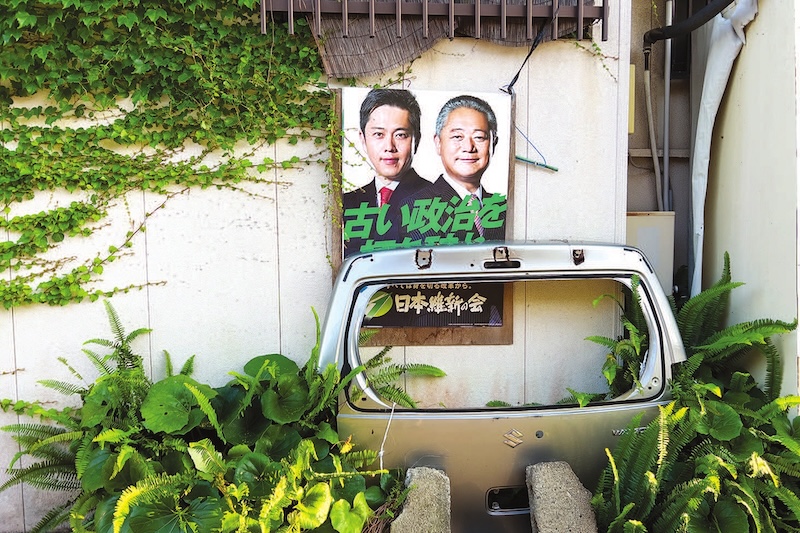
“Unlike detached houses – which require occasional maintenance but incur no monthly costs – apartments come with unavoidable expenses: monthly management fees and repair reserve contributions. In older buildings, these fees can be steep, often totaling 50,000 yen or more per month. Add fixed asset and city planning taxes, and heirs can find themselves paying several hundred thousand yen per year for an apartment they have no intention of using.
“This burden has led to a troubling trend. Increasingly, heirs are not notifying the apartment’s management association of the inheritance. The scenario often unfolds like this: an elderly owner moves into a nursing home and eventually dies. A few months later, automatic withdrawals for management fees and repair reserves begin to fail because the owner’s bank account has been closed. But no one steps forward to assume ownership, and the association cannot collect the necessary funds. The emergency contact information on file is outdated, and letters go unanswered. Management associations are left in limbo, unable to identify or reach the new owners, while the building itself continues to age and accrue expenses. In cases where heirs formally renounce the inheritance, the situation becomes even more complex.
“In response to this growing problem, the government has introduced a new law, effective April 1, 2024. Heirs who acquire real estate through inheritance must now register the property within three years of becoming aware of their ownership. This measure is designed to help local governments and management associations identify rightful owners and hold them accountable.
“However, from the heir’s perspective, the required payments can feel like a penalty for simply inheriting property they didn’t ask for. These apartments, once a symbol of middle-class stability and homeownership, have become liabilities rather than assets. Without stronger support systems, clearer pathways for property disposal, or policies addressing aging apartment stock, the curse of the “vacant condominium” will only continue to spread.
The Japanese government is pursuing a range of initiatives to address the growing vacant house problem, combining national policy efforts with local innovation to promote effective use of underutilized properties. “One prominent national initiative is the development of the Vacant House Bank, overseen by the MLITT,” Kubo says. “This system serves as a matchmaking platform to connect vacant house owners with individuals or families seeking to relocate, particularly to rural areas. While property listings are managed by local governments, information is also centralized and searchable through the Ministry’s website, making it easier for potential residents to find housing opportunities outside major urban centers.
“At the local level, Nasu Town in Tochigi Prefecture offers a noteworthy example of how municipalities are partnering with the private sector. Working with the Tochigi Real Estate Transaction Association, the town places marketable vacant properties on the general real estate market while registering less competitive properties in the vacant house bank. This dual approach helps expand opportunities for utilization, ensuring that even properties overlooked by the private sector have a chance to find new life.
“Nasu Town also provides financial incentives to support relocation and revitalization efforts. These include subsidies for renovating homes and vacant commercial properties listed in the vacant house bank, as well as financial support for demolishing properties designated as “specific vacant houses” due to their potential danger or degradation.
Together, these initiatives reflect a multifaceted strategy – combining digital platforms, public-private partnerships, and financial assistance – to mitigate the vacant house crisis and promote sustainable community renewal.
“In addition, Nasu Town has created a booklet called Don’t let your house become vacant! Family’s end-of-life planning notebook” and is distributing it to everyone. This booklet provides easy-to-understand explanations of basic information on future asset management and inheritance, as well as specific discussion points and necessary procedures. The booklet is particularly notable for its practical content, such as a checklist to encourage discussions between family members and a list of contact information for consultation centers.
“Nasu Town also accepts consultations from experts on vacant house countermeasures, and provides specific advice using the booklet. These initiatives have been used as a reference by other municipalities that have developed similar systems.”
Gianni Simone
To learn more about this topic check out our other articles :
N°152 [TRAVEL] With love from the Inland Sea
N°152 [FOCUS] Facing the phenomenon of akiya
Follow us !



